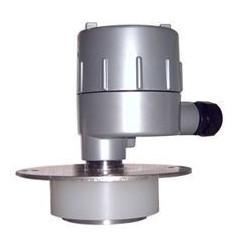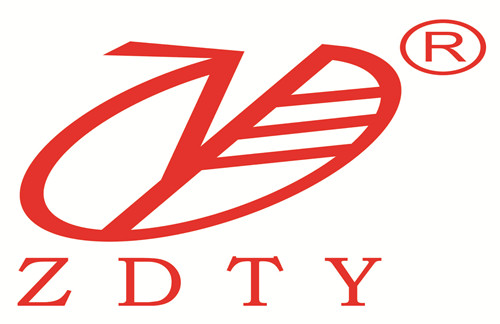
The RF admittance level switch consists of a sensing probe, an electronic measurement and control unit, and a protective housing. It is a point-level level switch based on the principle of RF admittance measurement. When the material level reaches the pre-set position, the sensing probe generates a signal, and the output signal, processed by the electronic measurement and control unit, can provide a relay output. The standard double-pole double-throw relay contacts can control the operation of alarm bells, solenoid valves, or other low-power devices, enabling level alarm and control for liquids and solids.
The RF admittance level switch consists of a sensing probe, an electronic measurement and control unit, and a protective housing. It is a point-level level switch based on the principle of RF admittance measurement. When the material level reaches the pre-set position, the sensing probe generates a signal, and the output signal, processed by the electronic measurement and control unit, can provide a relay output. The standard double-pole double-throw relay contacts can control the operation of alarm bells, solenoid valves, or other low-power devices, enabling level alarm and control for liquids and solids.
The RF admittance level switch is used for detecting the level of adhesive liquids, solid particles, dust, and other mixed slurries in silos, hoppers, or other containers. It can also be used for interface measurement between two different liquids, such as oil-water interface measurement. The RF admittance level switch offers advantages such as easy and quick calibration, stable product performance, strong versatility across various models, convenient installation, and a visually appealing design. It is widely used in industries such as petroleum, chemical, metallurgy, power, pharmaceuticals, food, papermaking, building materials, and more. The controller can be paired with a PLC programmable controller or a DCS distributed control system for automatic detection and control of the process flow.
